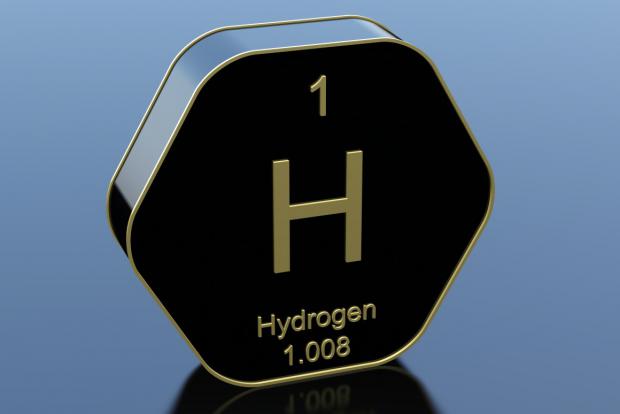
Breaking News
 This roof paint blocks 97% of sunlight and pulls water from the air
This roof paint blocks 97% of sunlight and pulls water from the air
 'Venomous' Republican split over Israel hits new low as fiery feud reaches White House
'Venomous' Republican split over Israel hits new low as fiery feud reaches White House
 Disease-ridden monkey that escaped from research facility shot dead by vigilante mom protecting...
Disease-ridden monkey that escaped from research facility shot dead by vigilante mom protecting...
 Hooters returns - founders say survival hinges on uniform change after buying chain...
Hooters returns - founders say survival hinges on uniform change after buying chain...
Top Tech News
 The 6 Best LLM Tools To Run Models Locally
The 6 Best LLM Tools To Run Models Locally
 Testing My First Sodium-Ion Solar Battery
Testing My First Sodium-Ion Solar Battery
 A man once paralyzed from the waist down now stands on his own, not with machines or wires,...
A man once paralyzed from the waist down now stands on his own, not with machines or wires,...
 Review: Thumb-sized thermal camera turns your phone into a smart tool
Review: Thumb-sized thermal camera turns your phone into a smart tool
 Army To Bring Nuclear Microreactors To Its Bases By 2028
Army To Bring Nuclear Microreactors To Its Bases By 2028
 Nissan Says It's On Track For Solid-State Batteries That Double EV Range By 2028
Nissan Says It's On Track For Solid-State Batteries That Double EV Range By 2028
 Carbon based computers that run on iron
Carbon based computers that run on iron
 Russia flies strategic cruise missile propelled by a nuclear engine
Russia flies strategic cruise missile propelled by a nuclear engine
 100% Free AC & Heat from SOLAR! Airspool Mini Split AC from Santan Solar | Unboxing & Install
100% Free AC & Heat from SOLAR! Airspool Mini Split AC from Santan Solar | Unboxing & Install
 Engineers Discovered the Spectacular Secret to Making 17x Stronger Cement
Engineers Discovered the Spectacular Secret to Making 17x Stronger Cement
New water-splitting process could kick-start "green" hydrogen economy

Much is being made of the developing "hydrogen economy" idea, in which compressed hydrogen fuels will become an energy source as common as gasoline, and fuel cell cars will take a place alongside combustion engines and electric vehicles in the transport mix.
Yesterday, we wrote about the world's first liquid hydrogen transport ship, designed to take Australian-produced hydrogen across the water to be used in Japan as clean energy. Right now, though, Australia is producing hydrogen in one of the dirtiest possible ways: using brown coal, a process which requires 160 tonnes of coal to produce three tonnes of compressed liquid hydrogen, with a monstrous 100 tons of carbon dioxide as a by-product.
The "clean energy" hydrogen pie, particularly in Japan and Korea, is estimated to be worth trillions of dollars in the coming decades, so plenty of prospectors are smelling massive energy exporting opportunities, but realistically, until the math starts to stack up on greener ways of producing hydrogen, the environmental costs of producing this stuff in bulk could be overwhelming.
The "green" way to make hydrogen is to split it out of water using electrolysis. You put water in a container with a pair of electrodes in it, and apply power. Oxygen gathers at the anode, hydrogen at the cathode, and if the electricity you put into this process was sustainably generated, then congratulations, you've got yourself some properly green hydrogen – as long as you don't cart it around in diesel trucks and ships, and the energy you use to compress and super-cool it is green as well.



